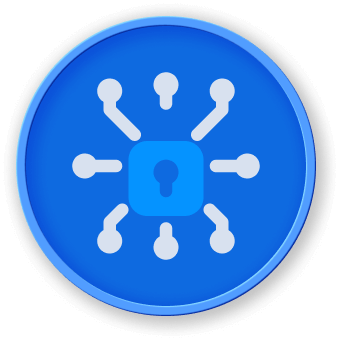Introduction
Welcome, time travelers, to the labyrinth of cyberspace. In this immersive lab, you are a temporal voyager, known as the Guardian of the Digital Realms. Your latest mission is to navigate through the intricate maze of the Internet's past, present, and future layers. Your objective? To safeguard the realm from the specters of cyber vulnerabilities and to ensure the integrity of its information.
The labyrinth you're about to enter is notorious for its elusive and deceptive nature, riddled with ports hidden in the crevices of time. These ports are gateways to knowledge, secrets, and potential breaches. Your tool of choice? The Nmap (Network Mapper), a powerful and versatile utility for network discovery and security auditing.
In this lab, you'll master the skill of Nmap UDP Scanning Techniques — a vital competency for any cybersecurity enthusiast or professional. Let's embark on this adventure, where each scanned port could either be a step closer to securing the cyberspace or a potential pitfall laid by time-traveling hackers.



